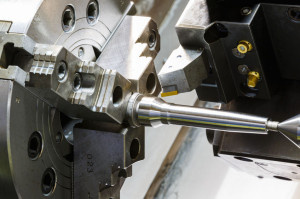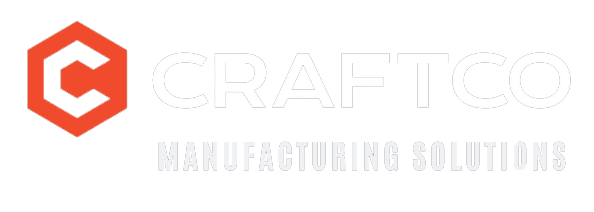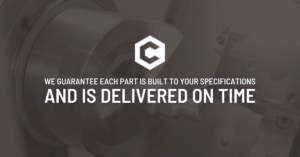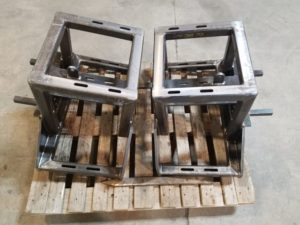 3D printing has been around for several years now. However, it’s still fairly new in the scheme of manufacturing. Like all technologies, it continues to grow and expand. This may have you wondering if 3D printing can live up to traditional manufacturing or if it will take its. place.
3D printing has been around for several years now. However, it’s still fairly new in the scheme of manufacturing. Like all technologies, it continues to grow and expand. This may have you wondering if 3D printing can live up to traditional manufacturing or if it will take its. place.
The short answer is that while 3D printing has some perks, it’s not going to take the place of traditional manufacturing any time soon. In this blog, we’ll discuss some of the differences between the two.
One of the benefits of 3D printing is that it works great for prototype pieces. You typically don’t need someone with highly specific training in order to run a 3D printer. You can put in the instructions and put together your prototype. There won’t be much waste either.
3D printing falls under the umbrella of additive manufacturing. Certain resins, powders, or filaments are placed into the 3D printer. The material is then used to manufacture the product one layer at a time. This production method creates much less waste than subtractive manufacturing which starts with a block of material and cuts it away. Another benefit of 3D printing is that it’s very easy to create different geometrics.
However, 3D printing is still limited. Although it can work great for smaller jobs, there are some disadvantages. The size of your product will be restricted by the size of the printer bed. That means you won’t be able to create something larger than probably a few cubic feet (at most). In traditional machining, you can create small or large parts.
With a 3D printer, there are also limitations in terms of the materials you can work with. Overall, 3D printing typically focuses on plastics. While some 3D printers allow you to use metal powders, this feature is rare. Traditional manufacturing allows you to access a larger array of materials. That means it offers a leg up when it comes to holding tight tolerances. A production job would take much longer on a 3D printer since it only produces one layer at a time. There is the option to create these layers separately and put them together later, but it’s still a timely endeavor.
As you can see, 3D printing can be beneficial if you’re looking to print a prototype. However, it still has several drawbacks that keep it from being able to compete with traditional manufacturing on a practical level.
If you’re looking for help on a project, give us a call at (307) 672-9220. You can trust us with your CNC machining needs. We work hard to meet every deadline and hold tight tolerances.






